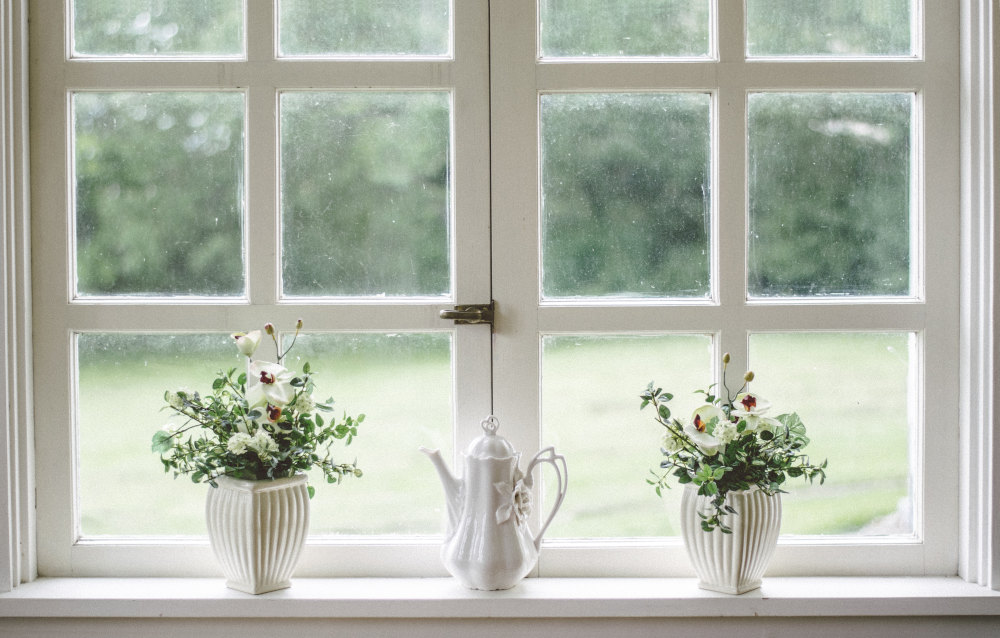Whether it’s in an attic conversion or in a living room, a roof window can provide some valuable extra light to an otherwise gloomy space. Unfortunately, in many cases – particularly with older buildings – roof windows can be responsible for wasted energy and money due to loss of heat.
When looking to update a home, many people simply overlook roof windows in attics and spare bedrooms – which means that their money is literally going through the roof.
Roof windows are generally the closest to the elements and have the most direct contact which means that wear and tear is more pronounced. For homeowners, this means that each crack and flaw is allowing valuable heat to be lost from the property every day.
Not only that but, if your window is fitted onto a flat roof, rainwater can often become a problem as it seeps into a room causing flooding and damp. In an age where the focus is on saving our planet’s resources, this is an oversight which can have dire consequences for the environment – and your wallet!

The sky’s the limit for savings
The good news is that replacing roof windows is more affordable than you think – and can help you to make big savings, says Arkadi MD Ecoline Windows . These days, there are lots of eco-friendly window options available to help preserve energy, insulate your home and block out noise.
In attics and little used rooms, many people are concerned about damp and, believe that the only way to prevent this is by opening windows regularly which, you’ve guessed it, wastes energy. Today’s eco-windows usually include built in ventilation which can be opened and closed to provide ventilation without excess heat loss.
The glass ceiling
Replacing a roof window is an investment and can add value to your home so, it’s important to know what’s available.
Your choice of window will often depend on where you live in terms of climate and ambient noise – if you live in an area prone to inclement weather, you’re likely to need a window which can take the strain. Below is a guide to finding the right roof window for your needs:
Single glazed – This kind of window features just one pane of glass and is the cheapest option. Single glazed windows provide a low level of insulation and noise reduction and are not generally suitable for cold weather climates.
Double glazed – Featuring two panes of glass, double glazed windows are a solid choice for most climates and can greatly help in saving heat and energy.
Triple glazed – For the home which is subject to adverse weather and / or excess noise, triple glazed windows consist of a ‘sandwich’ of three panes of glass for optimum protection.
Low-emissive coatings – These are specialised coatings for your window which filter out UV rays and help to conserve heat and energy.
It’s a gas – Argon or Krypton gases can be used to fill spaces between the panes in double and triple glazed windows in order to reduce heat loss and prevent condensation.
No gain without pane
As we’ve mentioned, sustainability is a key word for 2020 and, we’re all doing our bit to prevent materials ending up in landfill or our oceans. Many people are unaware that old windows can be recycled when fitting replacements in order to help the environment.
In the case of older windows (20 years or older), these can be stripped down and the separate elements, including aluminium, glass and wood can be easily recycled – in fact, many recycling companies will come and collect the parts from you for extra convenience.
We all know that heat rises – and so do your costs when you neglect your roof windows. Replacing these windows now will have myriad benefits including cost savings, heat retention and giving our planet a helping hand.
